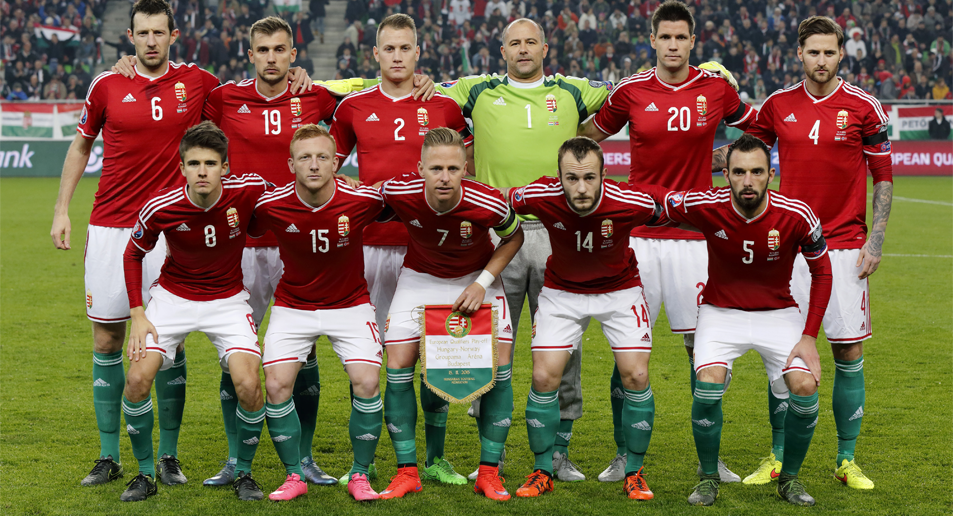According to a short story written by Hungarian writer János Lackfi, a Hungarian man saw a commercial about his homeland and it inspired him to use mostly things that were invented by Hungarians through a whole day.
What do you think he could use? The list is long.
1. First he wrote a little list with a ballpoint pen or biro (invented by József Bíró in 1931).
2. He put it on the refrigerator (invented by Leó Szilárd in 1929) door.
3. Then he went to the window and through binoculars (József Petzvál 1840), he peeked at the neighbouring house.
4. He wanted to smoke a cigarette, so he took out a box of matches (János Irinyi 1836) and used a match to light the cigarette.
5. He noticed a CD and the holographic sticker on it (Dénes Gábor 1947).
6. He didn’t want to get sick, so he took some vitamin C (Albert Szent-Györgyi 1931).
7. He made a phone call knowing that the telephone exchange is also a Hungarian invention (Tivadar Puskás 1878).
8. He took a photo of the neighbour lady with his automatic camera (József Mihályi 1938).
9. Then he put in his contact lenses (István Győrffy 1959).
10. He played on his computer (János Neumann 1944) with the help of 3D glasses (Dániel Rátai 2010).
11. Then he played with a Rubik-cube (Ernő Rubik 1976).
12. He put a traditional record on the record player to listen to and watched his colour TV (both are the inventions of Károly Péter Goldmark in 1948).
13. He printed out an excel-table (Károly Simonyi 1974) to plan his day.
14. He went for a ride in a stolen T-model Ford (József Galamb 1908) first and then in a diesel engine BMW (Ferenc Anisits 1983).
15. His next choice of car was a Chevrolet with an automatic transmission shift (László József Bíró 1932) and then a Volkswagen Beetle (partly designed by Béla Barényi 1925).
16. Then he changed for a bike and turned on the dynamo (Ányos Jedlik 1861) to use the lights on the bicycle.
17. The police caught him at last and he was transported by a helicopter (Oszkár Asbóth 1928).
18. On board the helicopter he checked his list and he was sorry that he couldn’t meet a Pulitzer Prize (József Pulitzer 1917) winning journalist that day.
19. Another thing missing from his day was some light transmitting concrete (Áron Losonczi 2001).
20. But he took a chance and as a last achievement he started solmization, a method of the world-famous music teaching technique, the Kodály method (Zoltán Kodály, 1929).
Let’s work with the text. Can you match the inventions with their Hungarian meaning?
1. ballpoint pen, biro | a. hűtőszekrény |
2. refrigerator | b. hologramos matrica |
3. binoculars | c. gyufa |
4. matches | d. automata fényképezőgép |
5. holographic sticker | e. 3D szemüveg |
6. telephone exchange | f. színestévé |
7. automatic camera | g. golyóstoll |
8. 3D glasses | h. lemezjátszó |
9. record player | i. telefonközpont |
10. colour TV | j. távcső |
11. diesel engine | k. automata sebváltó |
12. automatic transmission shift | l. fényáteresztő beton |
13. light transmitting concrete | m. szolmizálás |
14. solmization | n. dízelmotor |
Key:
1. g.
2. a.
3. j.
4. c.
5. b.
6. i.
7. d.
8. e.
9. h.
10. f.
11. n.
12. k.
13. l.
14. m.
Vocabulary
commercial | hirdetés |
to invent | feltalálni |
to peek | leselkedni |
to light | meggyújtani |
to get sick | megbetegedni |
cube | kocka |
record | lemez |
beetle | bogár |
on board | a fedélzeten |
journalist | újságíró |
achievement | teljesítmény, vívmány |







